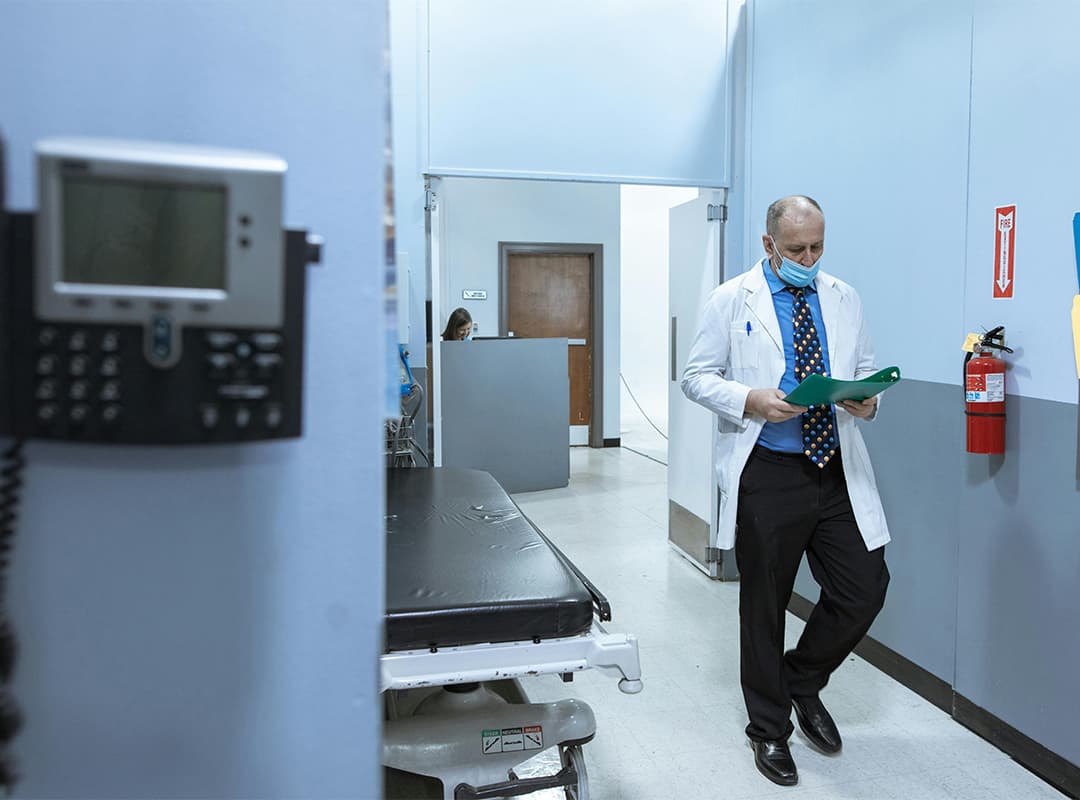The first – and most worrisome – scenario is that we will not be able to gain rapid control of this pandemic and thus face a future of ongoing severe disease combined with high levels of infection, which in turn could facilitate further evolution of the virus. Vaccination and pre-infection can achieve long-term herd immunity, but we will need very widespread use of vaccines worldwide, combined with comprehensive disease surveillance with accurate and easily accessible diagnostic tests or devices.
The second and more likely scenario is a transition to an epidemic seasonal disease such as influenza. Effective treatments that prevent the progression of COVID-19 disease (e.g., monoclonal antibodies, which reduce hospitalization and mortality by 70-85%) can reduce the burden of SARS-CoV-2 infection to levels equivalent to or even lower than influenza. However, we must remember that the annual mortality burden of influenza in non-pandemic years is estimated to be between 250,000 and 500,000 deaths, with up to 650,000 deaths from all causes worldwide, accounting for about 2% of all annual respiratory deaths (two-thirds among people 65 years and older). This is an extremely important health burden, and it amounts to a relatively “optimistic” view of the future of the COVID-19 pandemic.
The third scenario is a transition to an endemic disease, similar to other human coronavirus infections that have a much lower disease burden than influenza or SARS-CoV-2. However, there is limited data on the global burden of disease caused by common human coronaviruses, and as noted above, it is impossible to predict with certainty whether further adaptation of SARS-CoV-2 to humans will increase or decrease its intrinsic virulence.
To better anticipate which scenario is likely to emerge and to better prepare the world to respond appropriately, we suggest several key questions that need to be answered and critical tools that need to be developed. These include gaps in our knowledge in terms of epidemiology, immunology and virology, as well as missing surveillance, preventive and therapeutic tools.
This pandemic has shown both the importance of initiatives in individual countries and the interdependence of the world, as well as the need for global cooperation to control the pandemic. It was the investments of a limited number of countries that led to biomedical discoveries that offered tools to stop the spread of the pandemic. However, the absence of international structures to implement these tools has drawn attention to the disparities between advantaged and disadvantaged groups, both within and between countries. This highlights the current mismatch between health care delivery systems and access to new biomedical interventions. Global health leaders will need to be vigilant about the trajectory of SARS-CoV-2 in the near future, evaluating the strategies and approaches used during the pandemic to develop more effective structures and processes to ensure a more efficient and equitable response for the future.
